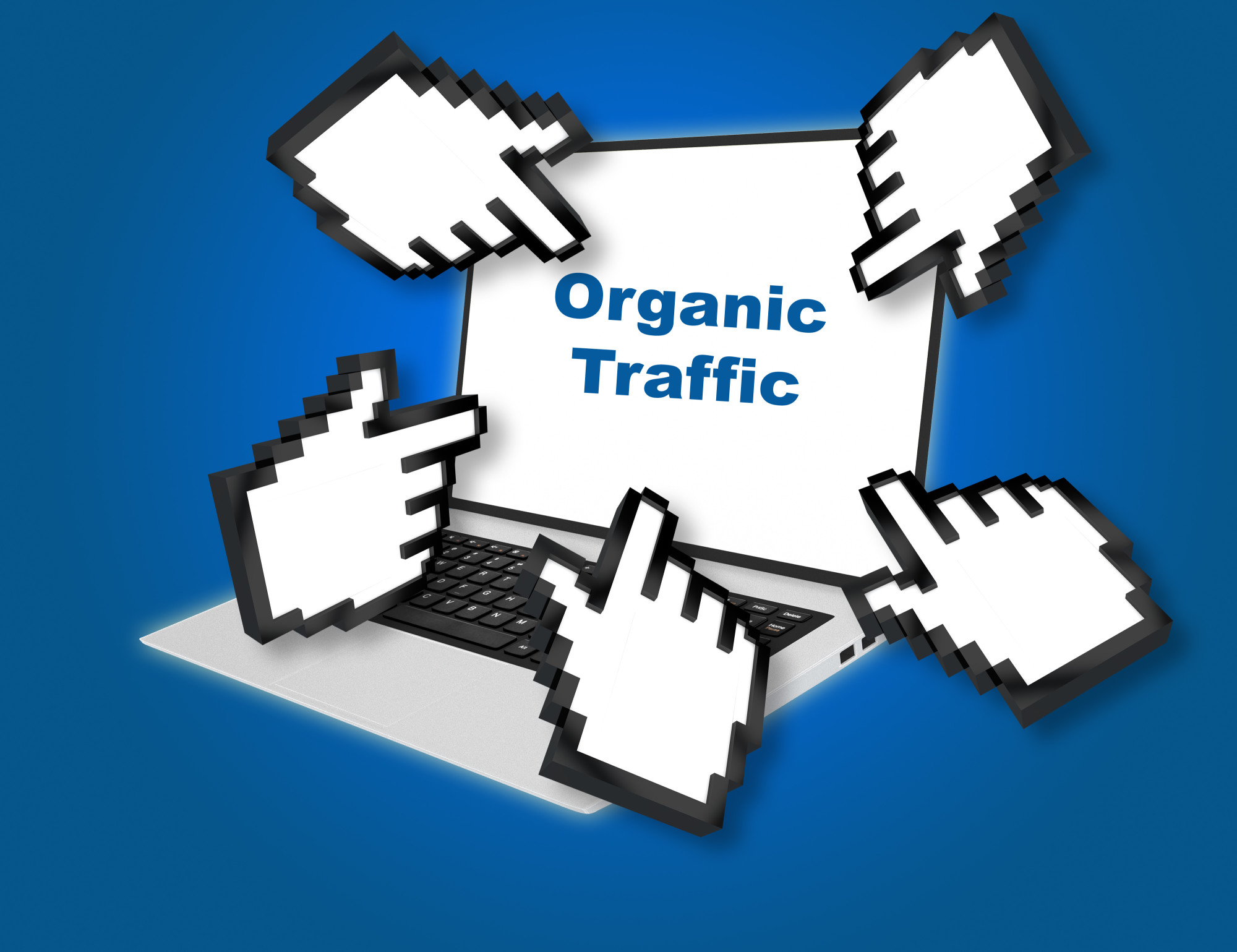How much organic traffic does your site get? Depending on your calls to action, you may be losing lead-generating opportunities. Popups offer varying amounts of success in converting visitors into sales.
The best tactic to increase your site’s traffic and avoid bounce rates is finding reliable popup software and applying best practices. Most often, when site owners use popups, they decrease site traffic by mistake. Read these top tips to discover the best ways to use popups on your site and boost your traffic organically.
1. Popups as Lead Magnets
Lead generation is a huge plus from boosted organic traffic. There are several ways to generate leads, including popups. But how do you utilize popup notifications as lead magnets?
The biggest thing you can do is craft a specific call to action (CTA) with popups. A lead magnet has high perceived and actual value to your site visitors. Your CTA must be unique and meet the prospect at their pain point.
Your compelling offer isn’t just for every site visitor, but those targeted specifically. Popup notifications fit into each stage of the customer journey: awareness, consideration, and decision. Each point serves as an opportunity for differentiated popup content.
Depending upon the stage of the customer’s journey, the popup can advertise special deals or nurture lukewarm leads into hot ones—prompt lingering customers with exit intent popups.
Your notifications can offer live help or support. If the popup is interactive, you can make the phone or email icon a button.
2. Grow Your Subscriber List
Beyond generating leads, popups serve to increase organic traffic with relationship building. When using popups software to build subscriber lists, your CTAs should focus on contact and communication. Growing subscriber lists is not about numbers but individual behavior.
Using heatmaps, you can track where visitors click and how long they spend on a webpage. Timing is everything. Depending on page linger, you can gather important information about your site traffic.
With the amount of time users spend on a specific webpage, you can generate popups with different intentions. You could ask for feedback to enhance customer service if visitors linger on a FAQ page. The popup could offer support to enhance customer service.
When your popups ask for feedback, it shows your interest in supporting their needs. You can solicit further subscribers with popups asking users to follow on social media and leave a comment. This kind of interaction becomes easier when popups are properly timed around visitor behavior.
You can also highlight a special post with a new product or service launch. Encourage users to sign up to stay informed and avoid missing out on important brand updates.
3. Decrease Abandoned Carts
If you work in e-commerce, organic traffic makes or breaks your business. Abandoned shopping carts spell lost revenue and frustration. But the right popups software converts these missed chances into closed leads.
Often, users have multiple tabs open when shopping online. They compare similar brands or products for the best deal. Using popup notifications, you can remind users to complete the buying process.
Explore exit intent (to stand out from competitors) and offer deals. Create urgency with a limited offer. This sense of urgency can compel users to purchase items in their cart.
You can always follow up with an email subscription popup as a last resort, too. If users leave your page but want to “come back,” a popup with an email CTA can prompt users to look for future deals. Even if the cart is abandoned, your secondary CTA increases the chance of a closed deal.
4. Offer Helpful Information
Often popups are seen solely as tools of impulse or last resort for email signup. For creative calls to action, the right popups software offers interaction, resources, or helpful information. The type of information offered depends on where visitors are in the customer journey and your business industry.
In the earlier stages of your customer’s journey, offering free resources for prospects to learn more is ideal. These kinds of popups serve as lead magnets, informing visitors about your brand and offerings. When visitors make informed purchases, they often become repeat customers.
Free ebooks, white papers, and enhance the quality of your CTAs. These enriched popups generate more sales and organic traffic, nurturing leads with built-in contact forms or email subscription.
At later stages in the customer journey, you can avoid annoying redirects with an informative popup. This avoidance streamlines the visitor’s experience, using reliable behavioral data. Page linger and click-mapping allow you to time these popups accordingly.
When customers linger on certain product pages, offer relevant resources to educate them via a popup notification. You can prompt subscriptions for upcoming products or changes with email sign-ups. You can also follow up with returning customers or page visitors too.
If your site logs repeat visitors, your popups can generate product recommendations for those with abandoned carts. You can also promote offerings by popularity, letting visitors know about top-rated goods you sell. Including a hot sale popup also helps promote these goods.
Grow Your Organic Traffic (and Your Business) With Popups
These top tips for using popups are just the beginning of growing your organic traffic. Using popups the right way, you can grow your business, too. Instead of focusing only on conversion rates, consider lead magnets and other essential digital marketing tools.
Learn more about best practices for your business popups with PopUp Domination. We offer all the advice you need and more. Sign up for your free trial today to starting boosting your business for tomorrow.
